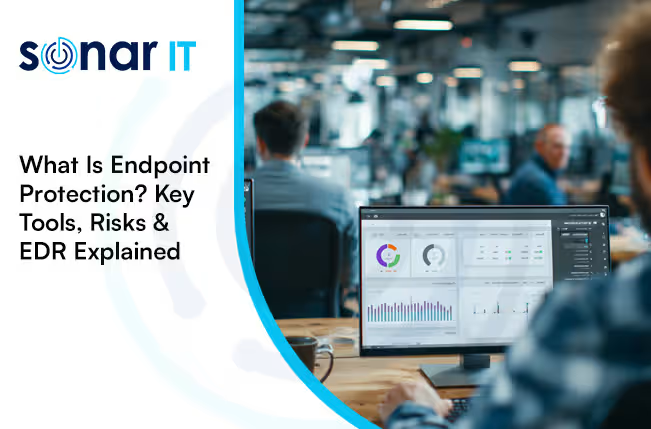Data Breach and Cybersecurity: What to Do When It Happens
Data Breach and Cybersecurity: What to Do When It Happens
A data breach can leave you feeling powerless. Receiving an email or letter notifying you that your personal information has been exposed is a growing issue. Data breaches occur at banks, social media platforms like Facebook, e-commerce stores, and even government entities. Sensitive information such as your address, Social Security Number (SSN), and credit card details can fall into the hands of cybercriminals. While you cannot control the security of businesses, you can take immediate steps to mitigate potential damage. Here's a guide to help you respond effectively to a data breach.
1. Change Your Passwords
The first step after a breach is to change your passwords. Begin with the account mentioned in the breach notification and then update any other accounts using the same password. This is why it’s crucial to use unique passwords for every site. Many people reuse passwords, which can put multiple accounts at risk.
Use a password manager to create and store strong, unique passwords securely. This tool ensures you only need to remember one master password to access all others.
2. Enable Multi-Factor Authentication (MFA)
Multi-factor authentication (MFA) adds an extra layer of security to your accounts, even if a hacker has your password. Activate MFA for the breached account first, and then for other accounts where it’s available.
Common MFA methods include:
- Text messages with verification codes
- Authentication apps
- Security keys
MFA significantly reduces the chances of unauthorized access.
3. Monitor Your Bank Accounts
If payment details were exposed, keep a close watch on your bank accounts for suspicious activity. Report any fraudulent transactions immediately. Notify your bank about the breach, even if you don’t notice suspicious charges, to discuss precautionary measures such as issuing a new card. Proactively addressing the issue can help prevent future complications.
4. Freeze Your Credit
Stolen personal information is often sold on the dark web, enabling identity theft. Protect yourself by contacting the three major credit reporting agencies to freeze your credit. This prevents unauthorized accounts or loans from being opened in your name.
The three credit bureaus are:
- Equifax
- Experian
- TransUnion
Freezing your credit is a straightforward process you can complete online.

5. Review the Breach Notification Carefully
Take time to fully understand the scope of the breach. Review the notification and check for updates on the company’s website. Look for:
- The type of data exposed (e.g., passwords, payment details)
- Services or reparations offered (e.g., free credit monitoring)
- Steps to secure your account
Stay informed, as companies may release additional details about the breach over time.
6. Strengthen Your Cybersecurity
Improving your personal cybersecurity is essential after a breach. Implement these tools and practices:
- Antivirus/anti-malware software to detect and remove threats
- DNS filtering to block malicious websites
- Email spam filtering to reduce phishing attempts
Additionally, consider using a Virtual Private Network (VPN) to encrypt your internet traffic. VPNs are especially useful on public Wi-Fi and work across computers and mobile devices.
7. Stay Alert for Phishing Scams
Emails exposed in a breach often lead to an increase in phishing attacks. Cybercriminals may use AI to create convincing messages that mimic legitimate communications. To avoid falling victim:
- Hover over links to check their destination before clicking.
- Visit websites directly instead of using email or text message links.
- Be cautious of unexpected emails, even if they appear to be from known sources.
- Watch for phishing attempts on social media and messaging platforms.
- Verify suspicious messages with the sender via official channels.
8. Keep Software and Systems Updated
Hackers exploit
unpatched vulnerabilities in outdated software to gain access to devices and data. Regularly updating your systems helps close these security gaps.
Ensure you:
- Update your device’s operating system.
- Keep apps and software on all devices current.
- Update firmware for routers, printers, and smart devices.
To stay consistent, enable automatic updates whenever possible. This ensures your devices remain protected without the hassle of manual checks.
Managed Security Services for Robust Protection
Protecting your devices and network doesn’t have to be overwhelming. Managed security services provide expert tools and monitoring to safeguard your personal or business data.
Need help enhancing your cybersecurity? Contact us today to discuss tailored solutions for keeping your devices and information safe.
.svg)






